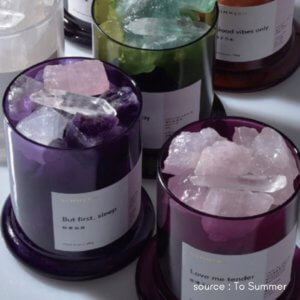
Oriental Aromatherapy
Aromatherapy is a trend to watch for the coming years in Asia as it will surely keep on growing and is in synch with many local aspirations of consumers.

September 18, 2020
Brands launching with just one product are not uncommon and not a new phenomenon either (think Crocs, Spanx, Moleskine…) however they are gaining more visibility and a few of them have earned a lot of popularity online.
The reasons for starting a mono-product brand can be manifold. First one can be about expertise. A brand wants to focus on one thing only, but wants to do it well. Creating a product and refining it to make it unique is a process commonly applied. Bangn Body, for instance, is an Australian beauty brand. Its founder Priscilla Hajiantoni launched just one product, Firming Body Lotion. The product was first marketed for the body but it gained traction because customers were praising its good results for the face too. Bangn Body used these reviews to advertise it as the one-for-all issues product. It is now selling one “yellow tube of goodness” every 15 minutes globally, totaling over 10,000 units in the first six months of business.
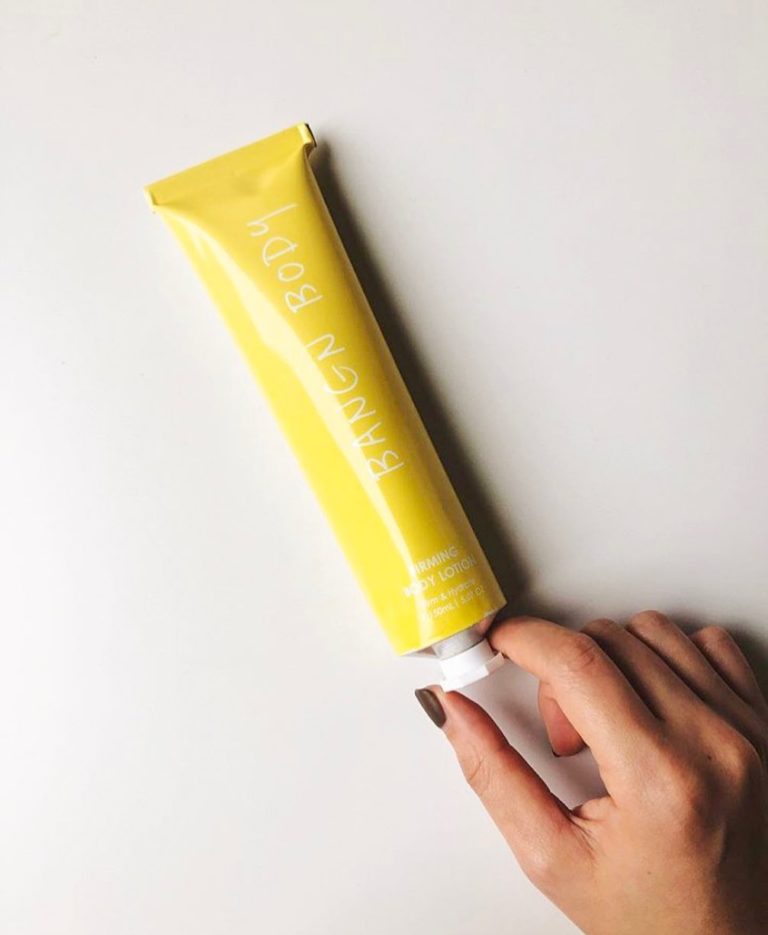
A second reason for creating a mono-product brand can be financial. Production costs are very heavy in the beauty industry and minimum quantities from manufacturers can be quite high. So focusing on one product only can help reduce costs and brands can allocate the remaining budget to grow their image (ie : promotion and communication) before starting a whole range of products. Some brands even work with pre-order lists only, to make sure their production costs are covered no matter what. Plus it gives a sense of exclusivity to customers who pre-order, feeling like they will be the first to get their hands on a thought-out product !
Finally the reason for starting a mono-product brand can be about flexibility and opportunities. Some brands create very disruptive products and to try out the market it is better to start with one product and adapt along the way. First they see if they find a market and grow from there. This was done by Bawdy Beauty. The US company started on the very small niche of butt beauty products. It launched a sheet-mask for the butt. It became popular very fast and the brand now has a wider range of butt balm and masks and also a nipple cream (again something very disruptive).
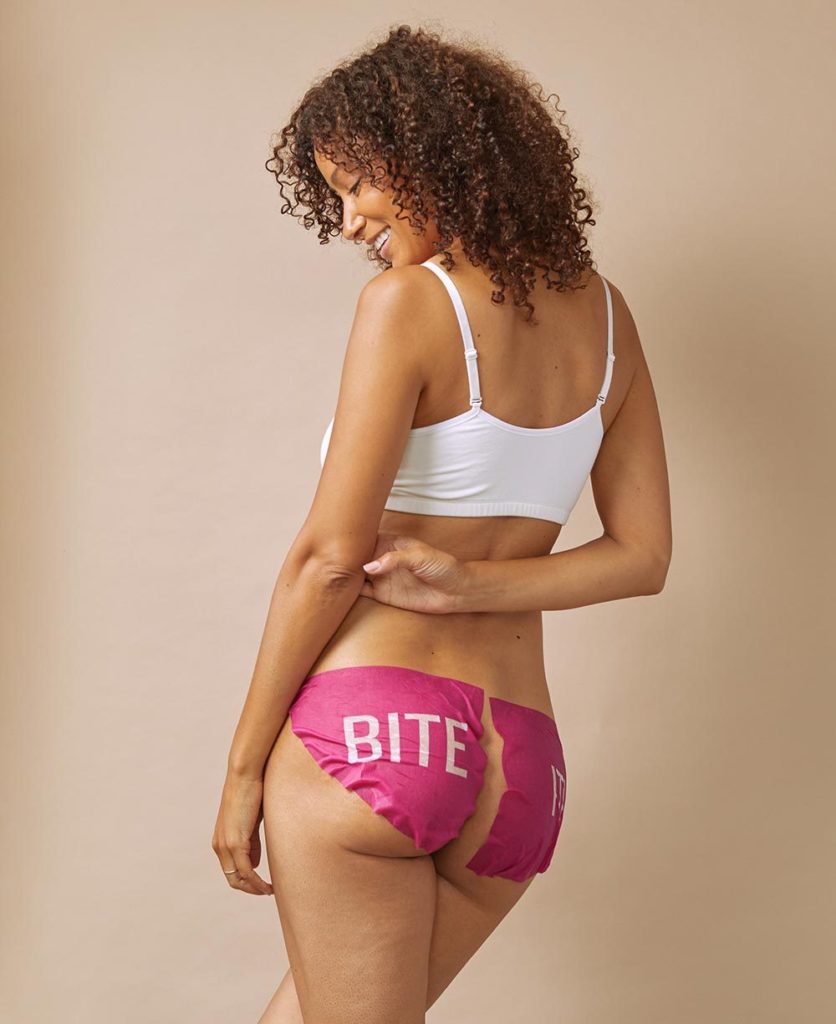
Mono-product brands are using the digital to grow their presence. It has never been easier (and cheaper) to communicate and gain visibility globally. However only the ones with a real uniqueness and DNA will be successful on the long run. Competition is fierce and customers will be attracted to brands who offer disruptive and effective products only, whether they are from a mono-product brand or not.
Monia MERABET

Aromatherapy is a trend to watch for the coming years in Asia as it will surely keep on growing and is in synch with many local aspirations of consumers.
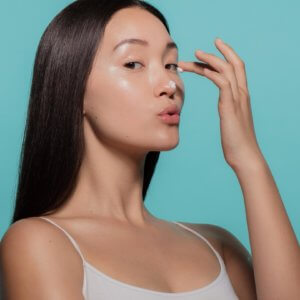
The pandemic and climate crisis have made consumers more aware than ever of the relation between their surroundings and the environment they live in and the overall health of their skin.

Luxury houses keep on looking for new ways to reinvent themselves and stay attractive in a very competitive industry. Consumers are always expecting new, innovative products or campaign and major brands are very prolific in the area.
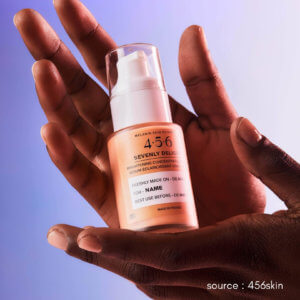
Inclusivity has been a key concern for many people over the last few years. In the beauty industry it has impacted product development but also organizational structures.